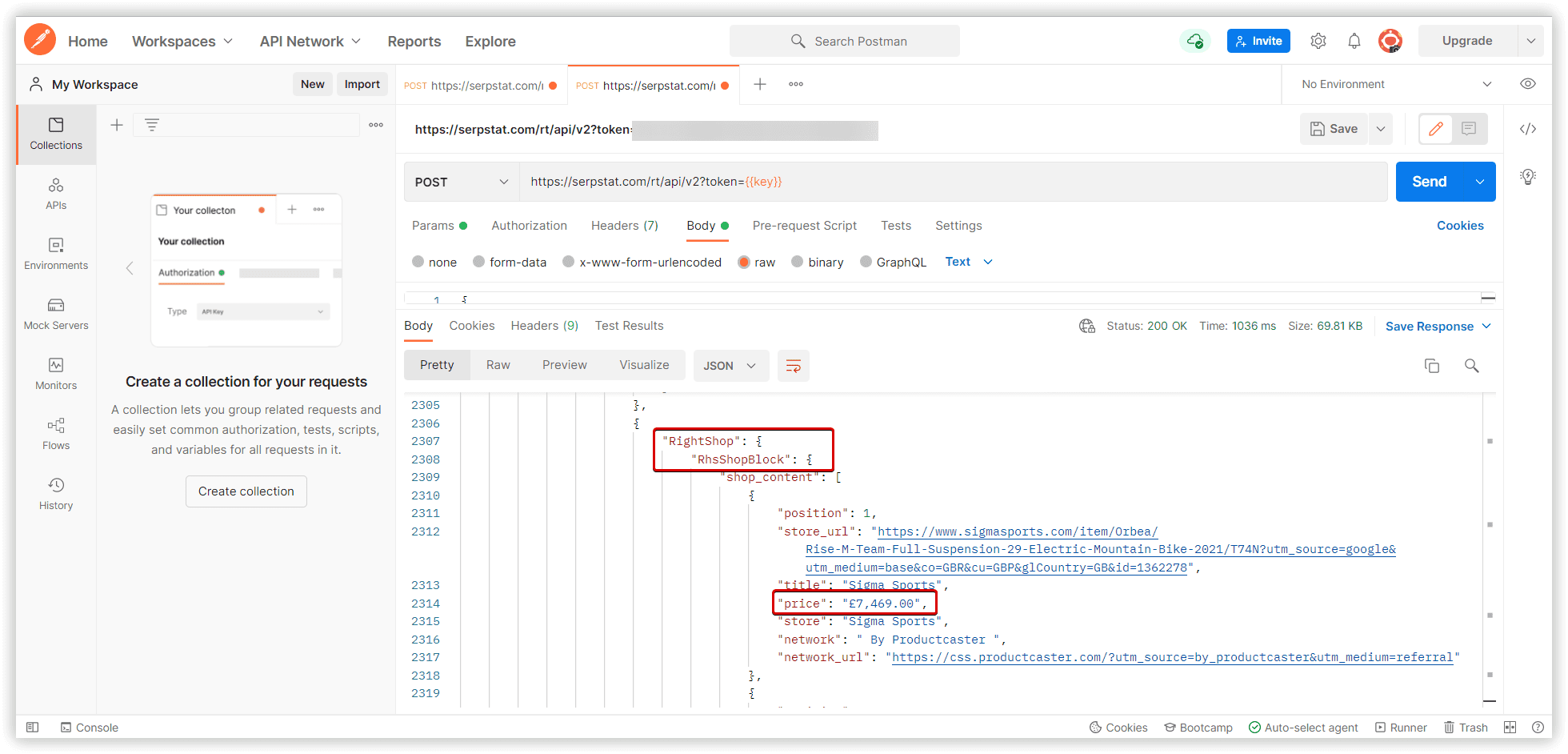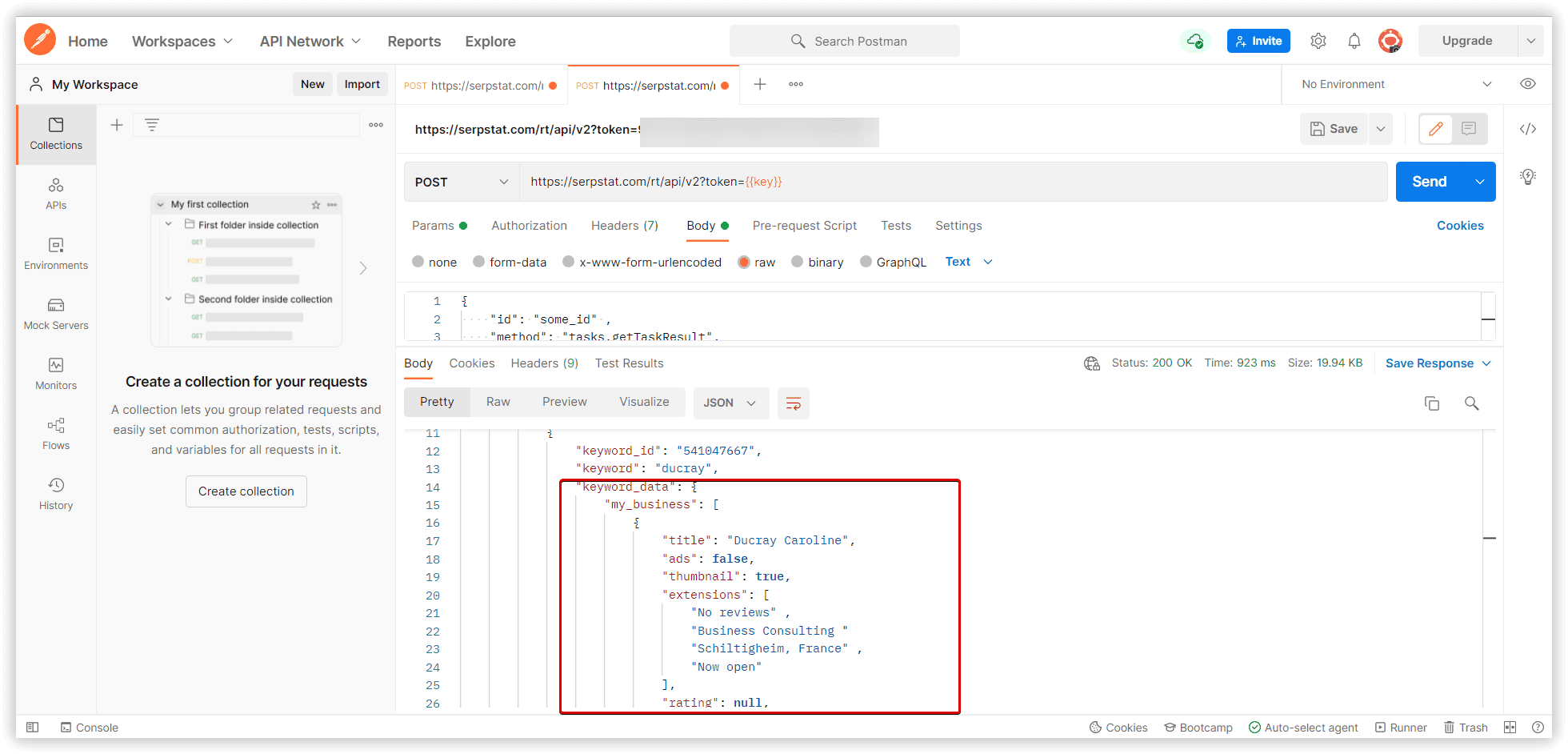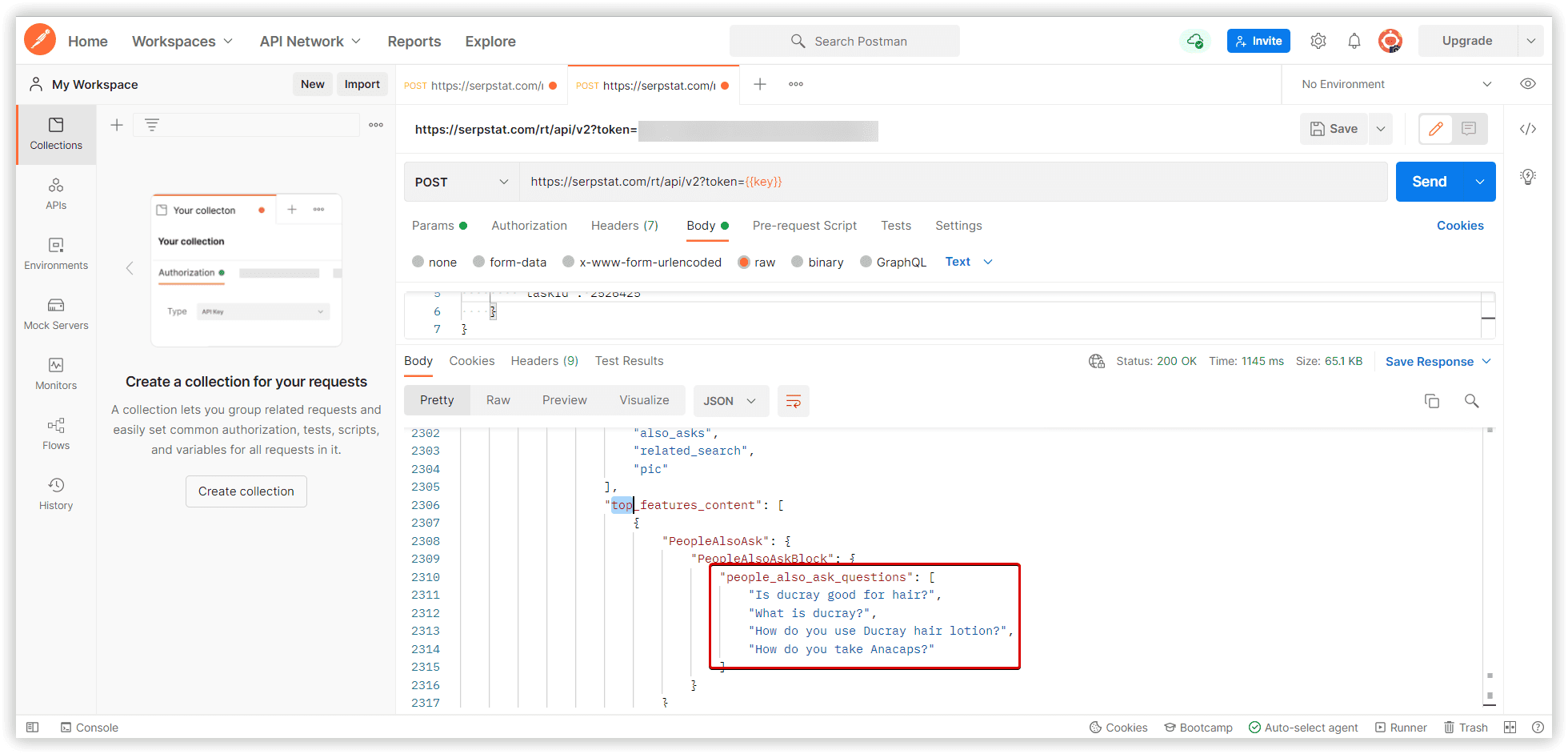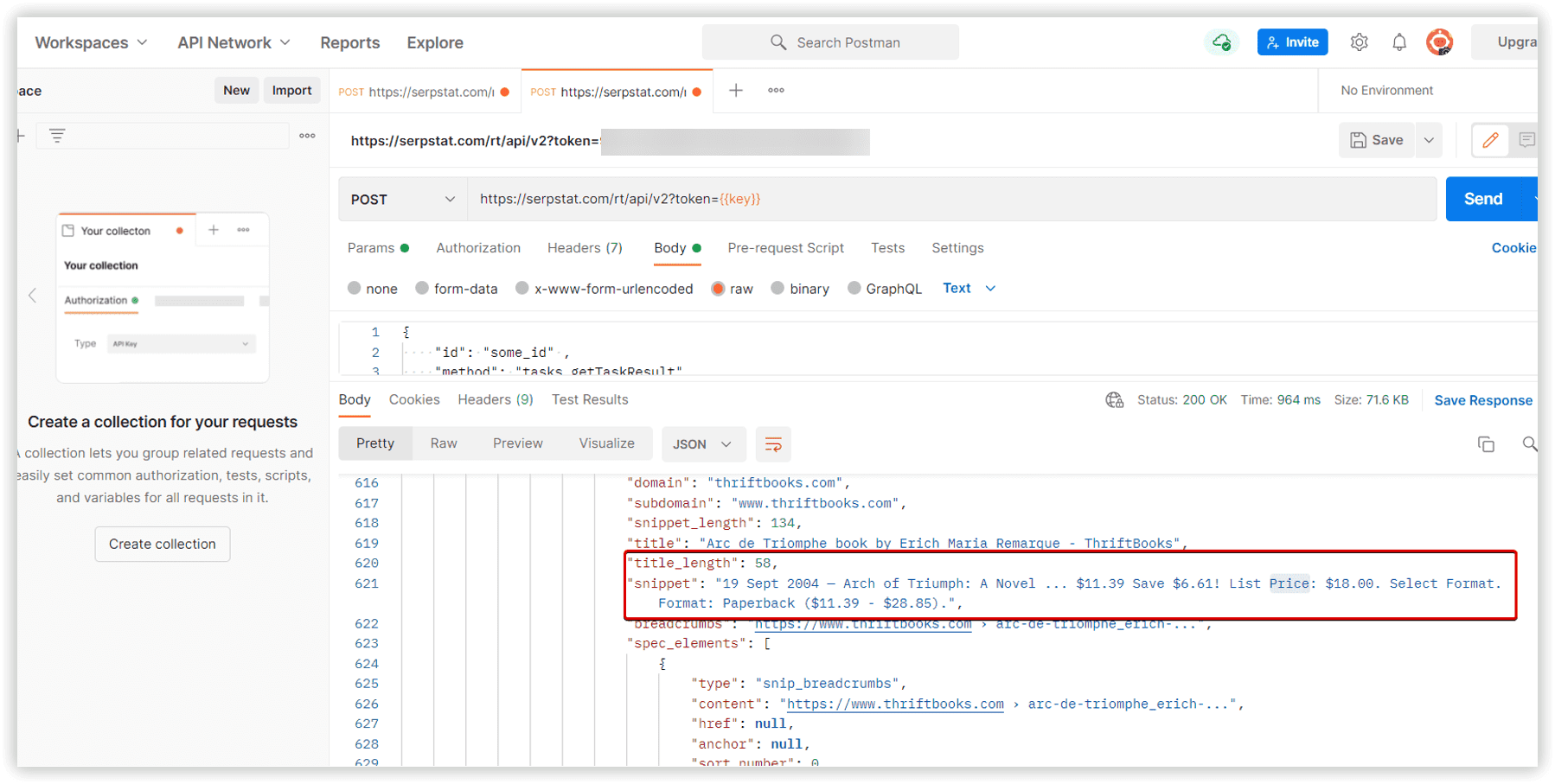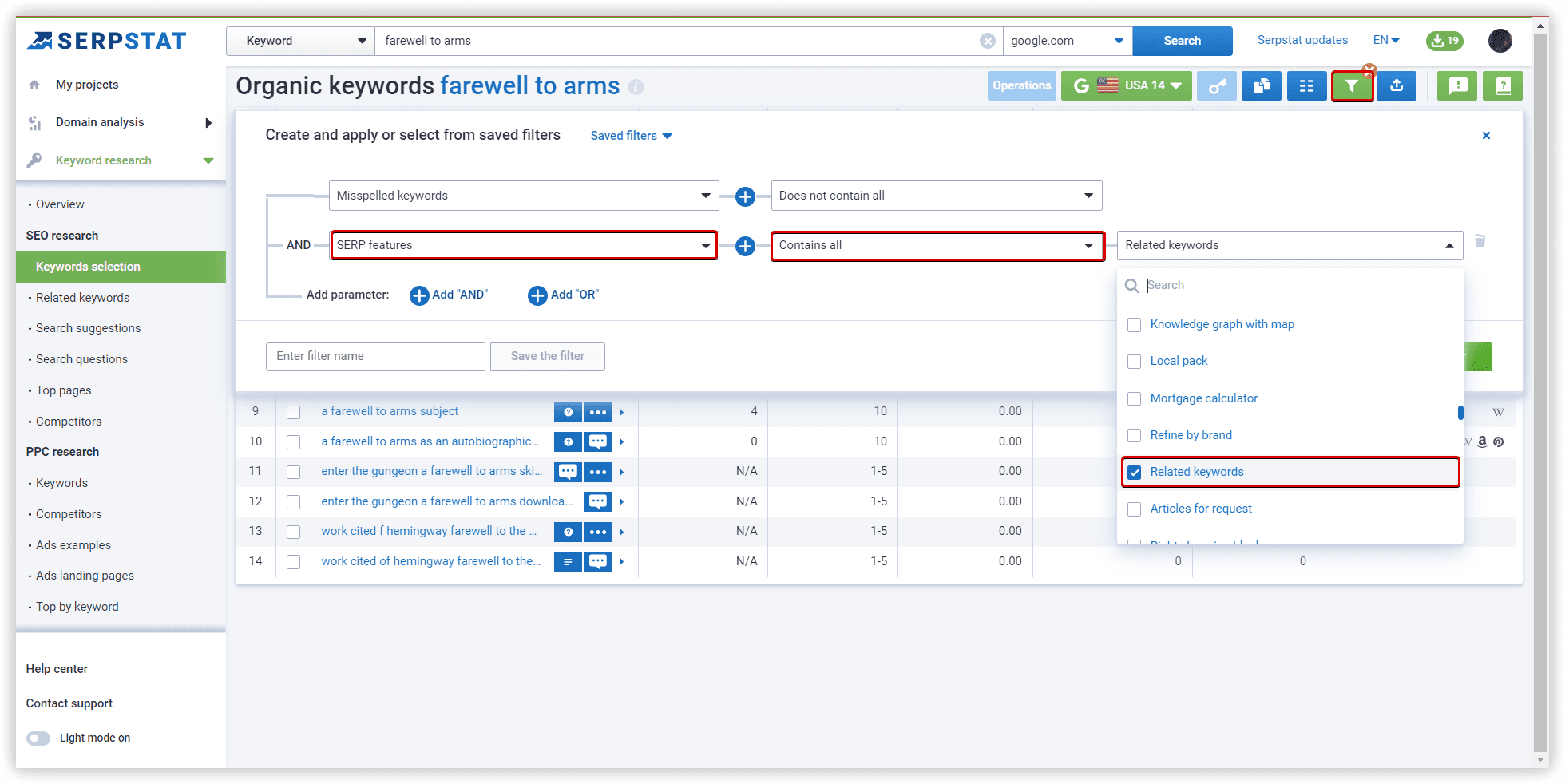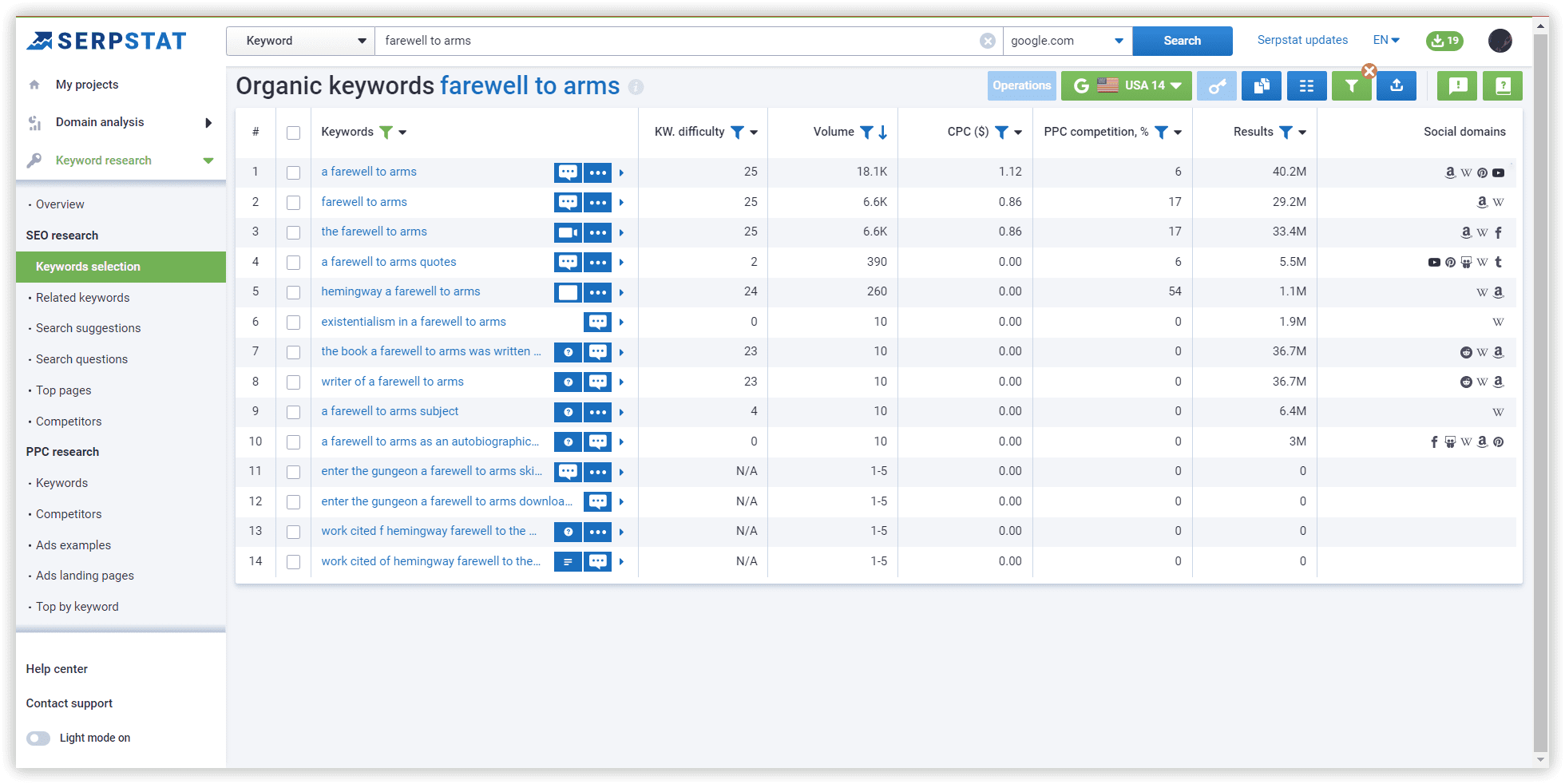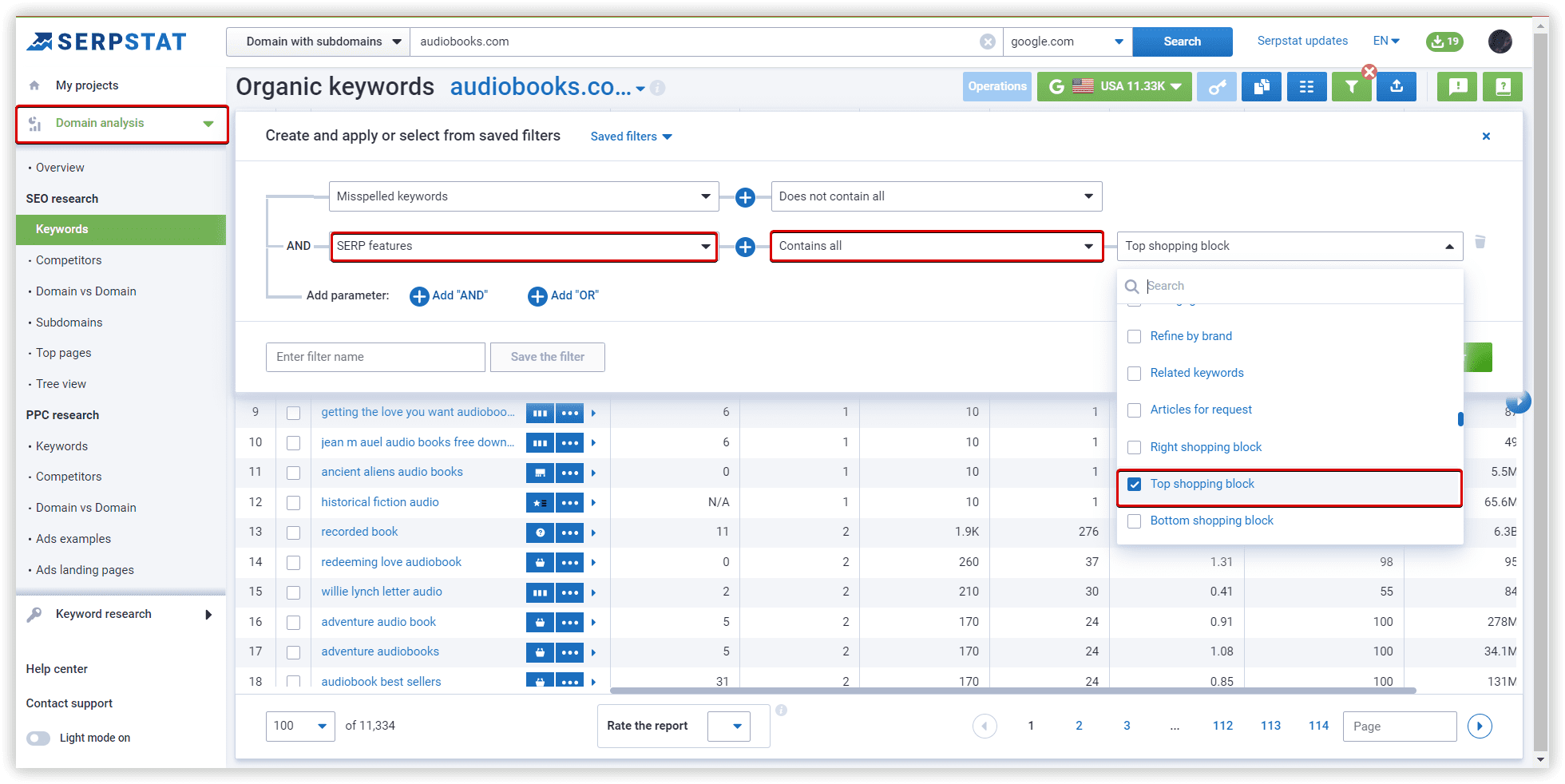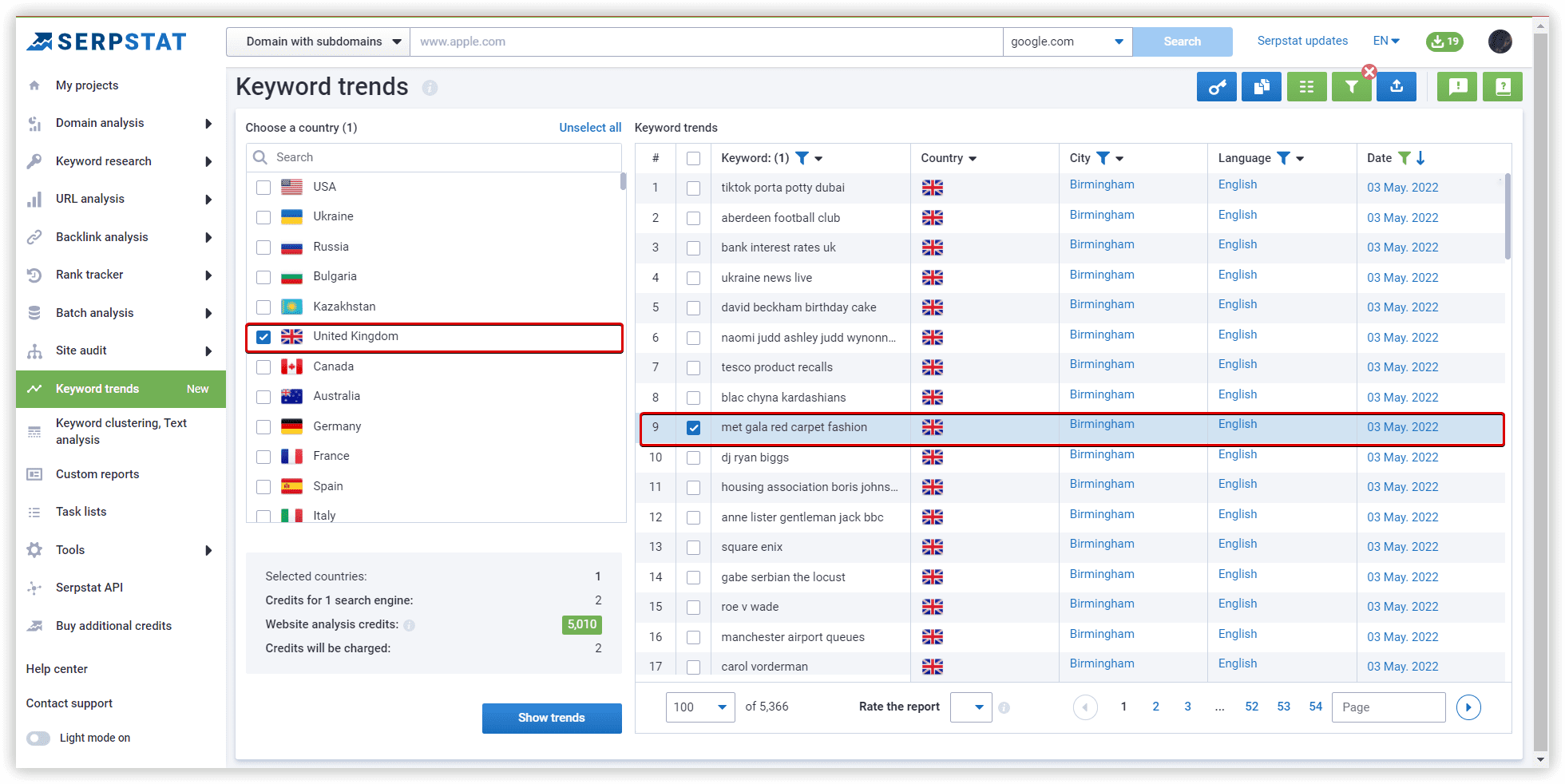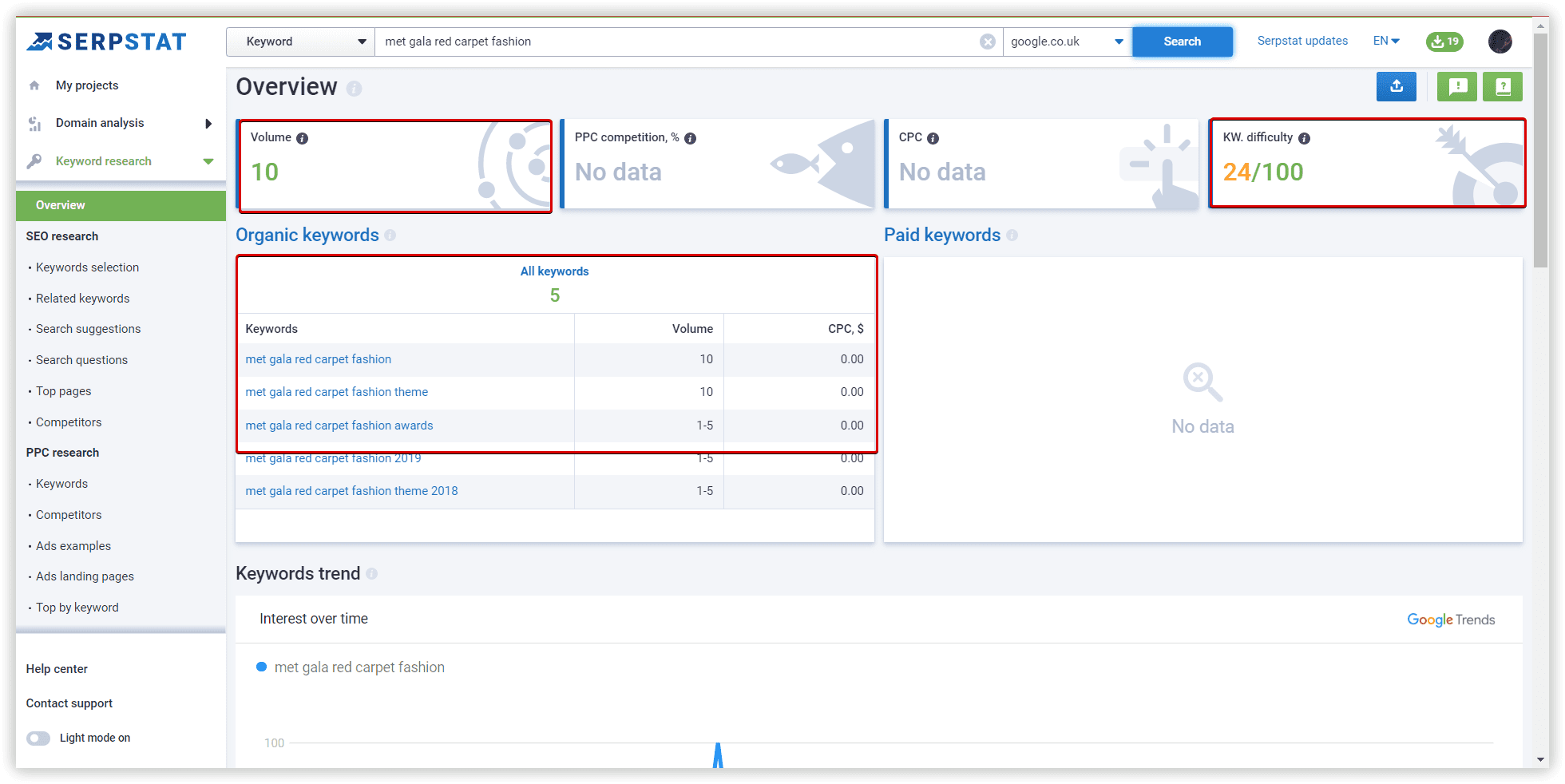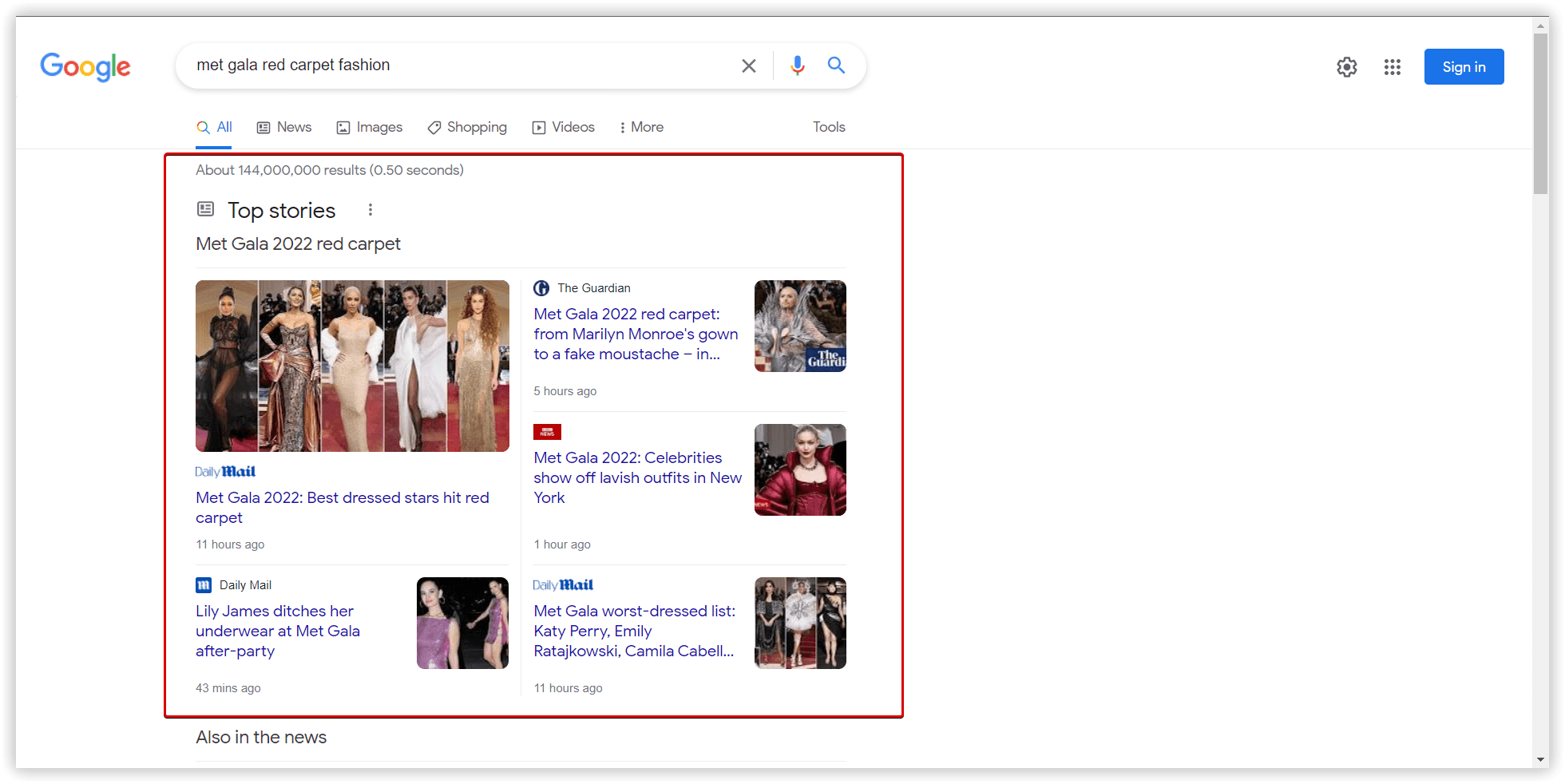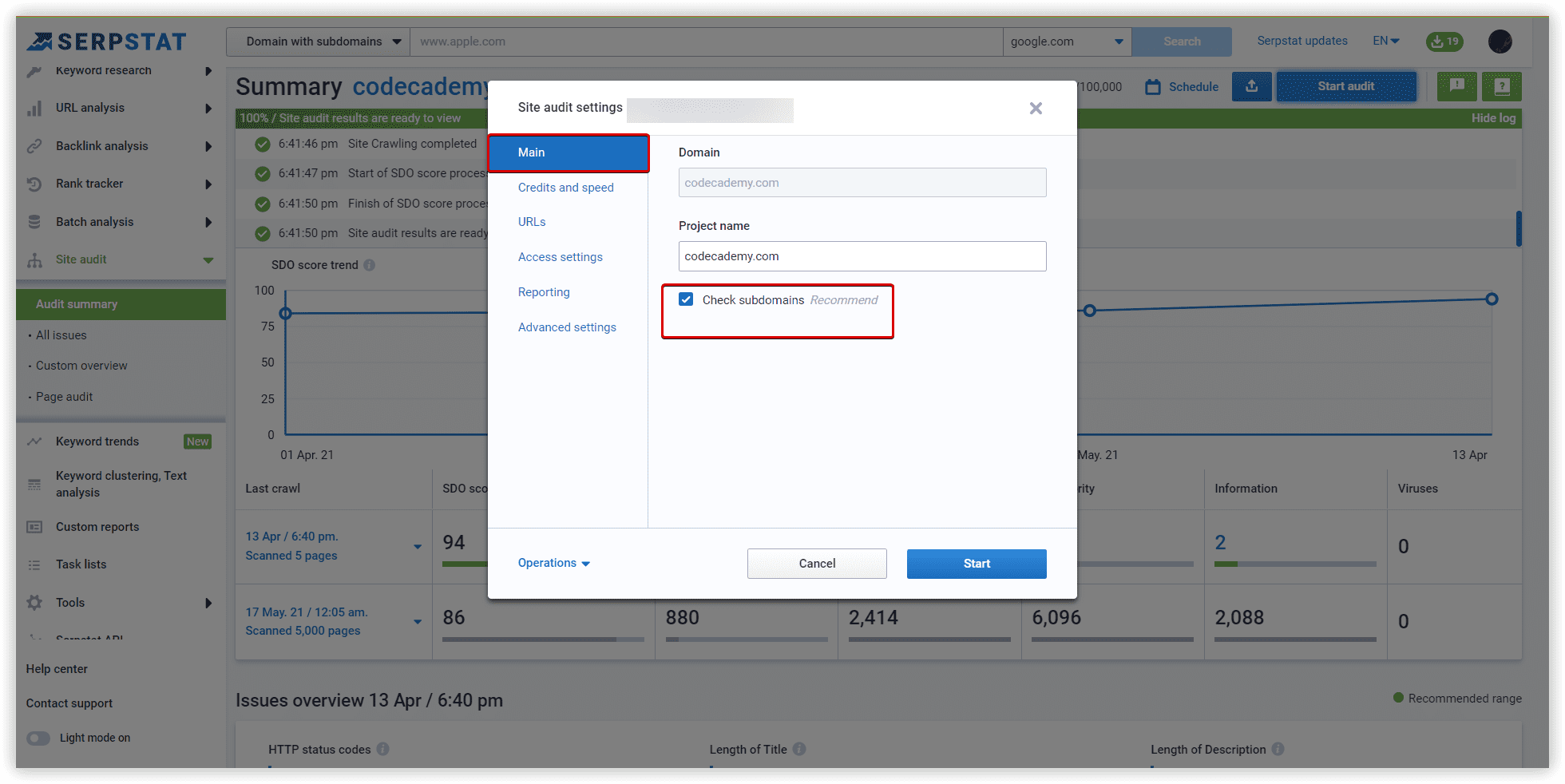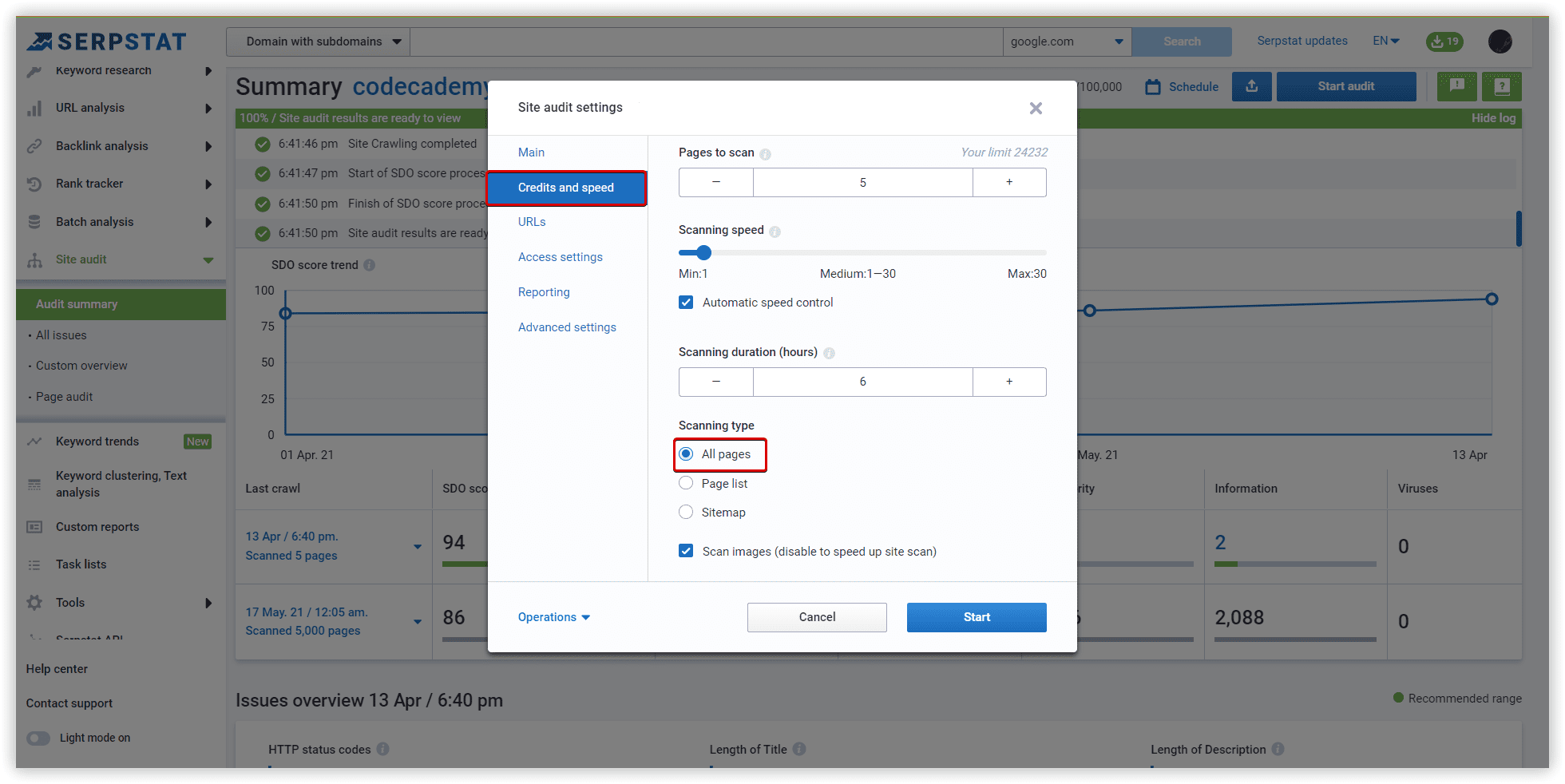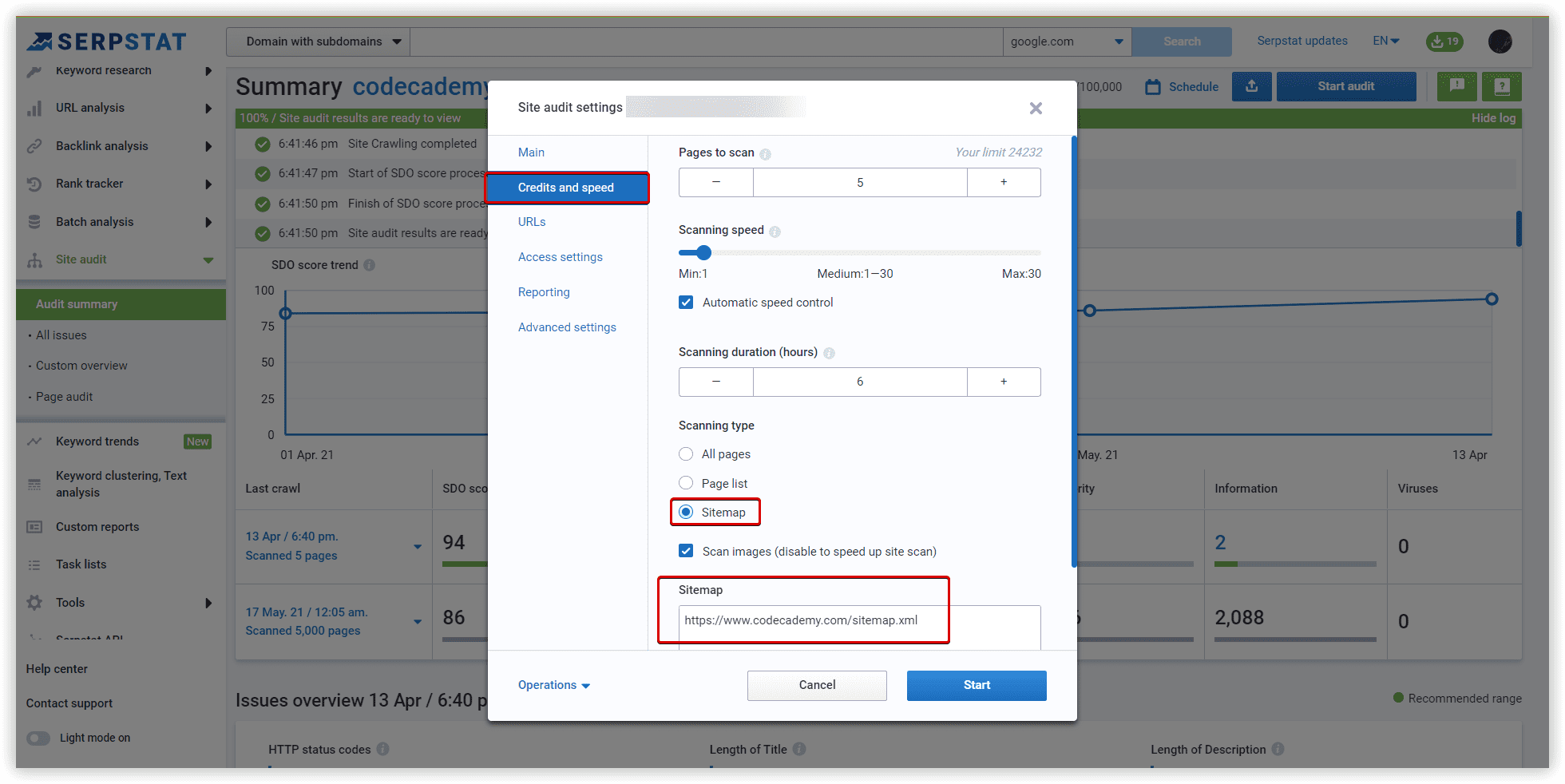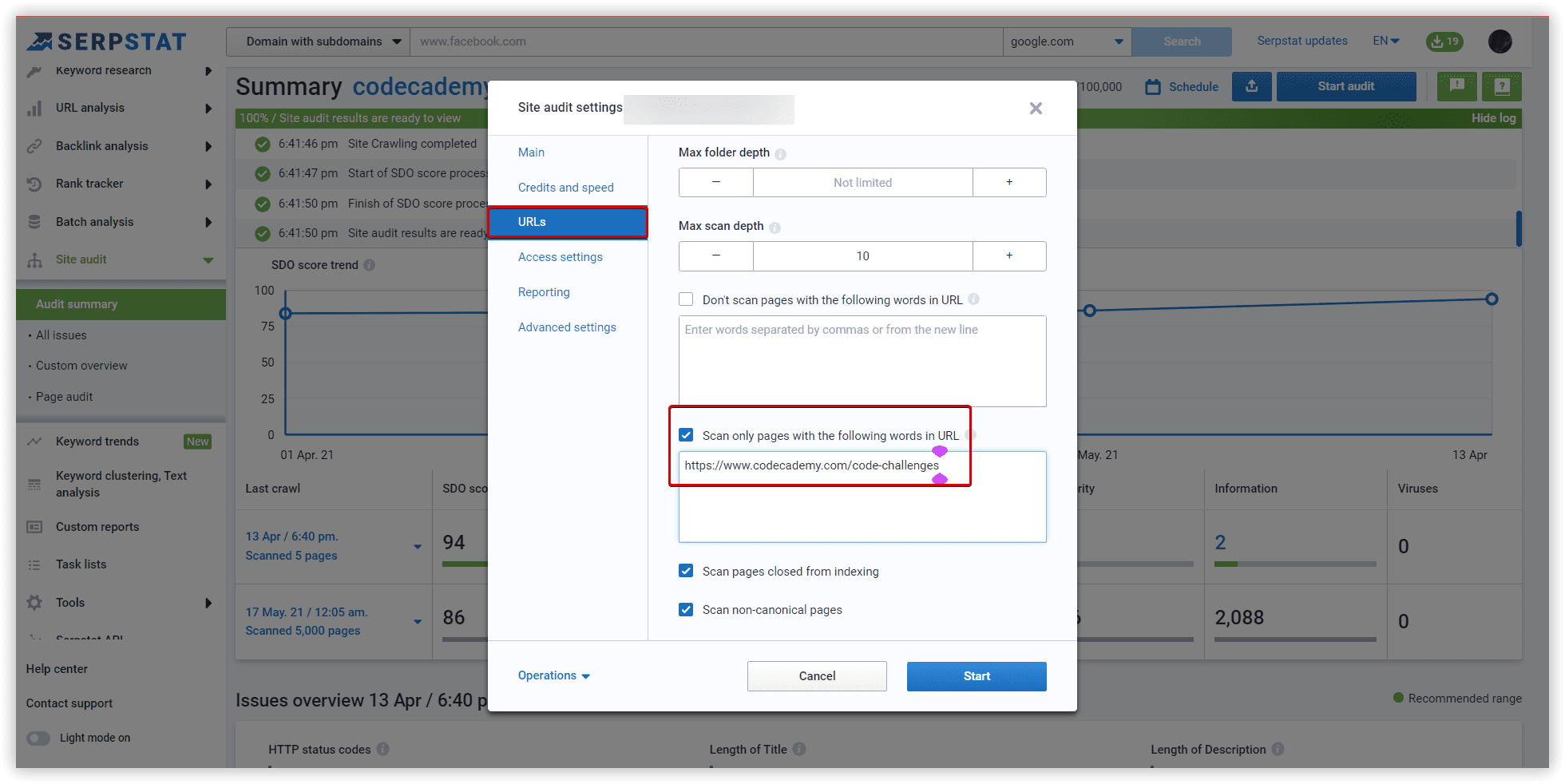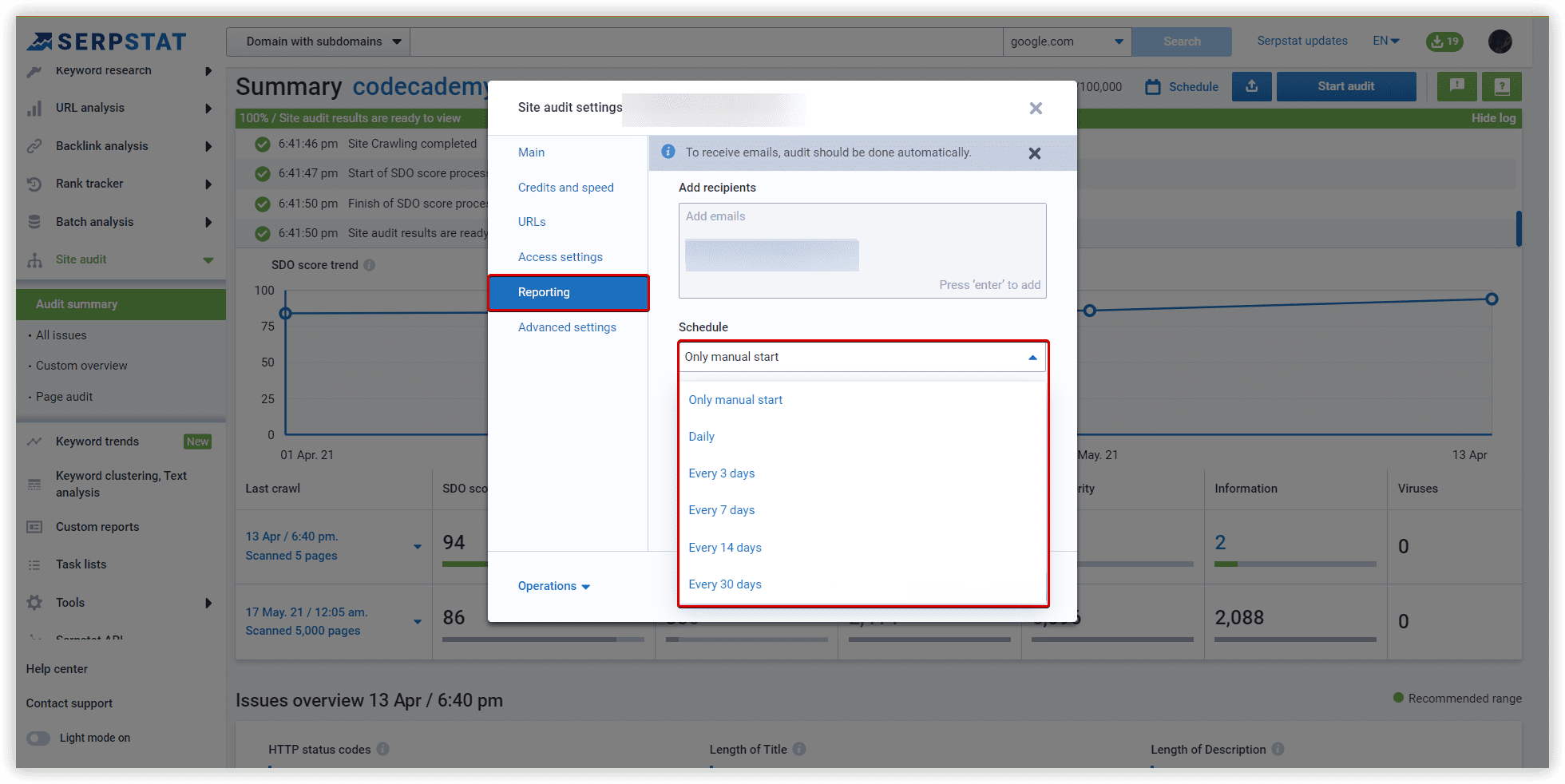Start Exploring Keyword Ideas
Use Serpstat to find the best keywords for your website
How to use Serpstat for aggregator website?


An aggregator website is a resource that collects and aggregates data on a specific topic. The main task of such a site is to provide maximum information at the request of the user. Sites affiliated with the following resources include shopping aggregators, comparison sites, service aggregators, social network and review providers, marketplaces, news, and video aggregators, and finally various catalogs.
Aggregators receive more traffic from organic search, which creates intense competition for medium-sized businesses, but they also help small businesses grow. This use case discusses how such websites can be promoted and what opportunities Serpstat offers them.
What are the ways in which aggregators interact with businesses and search engines?
What are the steps in the formation of an e-commerce aggregator?
- What is the best way to fill an aggregator using Serpstat?
- How to use SERP crawling service?
- Additional features and possibilities
Types and features of aggregator sites
News aggregators, such as Feedly, display data about events related to a particular topic, depending on the user's interests. Websites like these gather information from social media, news feeds, or specialized services, and are usually monetized by advertising traffic.
Marketplaces, working on E-commerce, display data on a wide range of goods, and sometimes - specialize in certain niches. Such websites allow the visitor to select several products on one site without comparing the offers of different online stores, and provide fast delivery and payment solutions. Advertisements and sales from internal online stores are the sources of income for such sites.
Additionally, there is a difference between the marketplace model and the standard aggregator model. In the first case, each vendor sells products under their own brand name (like on Amazon). Under the typical aggregator model, all services are provided by partners and providers under one common brand name (Uber).
In addition to providing a convenient sales channel, partner aggregators act as a guarantee for both parties. By housing in Kiwi, the airline company can sell more tickets and minimize cancellations and returns. To protect themselves from significant losses, hotel owners work with Booking and small hostels with Airbnb.
The site-aggregators, consisting of C2C content, like review providers or social network platforms, usually use UGC (user-generated content). Since this is the bulk of the semantics of such aggregators, parsing and processing posts from there should take extra care.
The same UGC content in the form of reviews helps to grow and develop certain types of aggregators — sites that specialize in reviews, such as Trustpilot or Tripadvisor.
It is also relevant to mention aggregator sites for private services, such as car sales, real estate, freelance, and tutoring (Preply).
Aggregators cover a wide range of topics. New ideas and trends contribute to the growth of the field in proportion to how well they solve problems and meet the needs of users.
What are the ways in which aggregators interact with businesses and search engines?
An additional advantage in the ranking of such sites is the time spent on the aggragators' pages. The search engine presumes that the aggregator solves the user's problem and helps them spend their time in the most beneficial way. Due to a large amount of useful content (quality product description, reviews, additional materials), the visitor can find everything they need to make a final decision.
However, such success is heavily dependent on technical indicators and on-page SEO. Technical requirements for aggregators:
- suitable navigation;
- fast loading;
- completeness of data;
- obvious structure;
- multilingual content;
- markup and microdata;
- mobile version;
- absence of broken links.
What are the steps in the formation of an e-commerce aggregator?
Aggregators parse XML documents containing price lists of e-commerce sites periodically. There are some resources that only support CSV or XLS (spreadsheet) formats, so you need to manually upload the price list to the site and update the data each time.
The interaction of online stores with Google Merchant Center is a separate methodology. Although this is not a trading platform, it displays data on goods on the Google result page. Google shopping is configured through Adwords campaigns. Payment is based on clicks.
What is the best way to fill an aggregator using Serpstat?
SERP crawling service will be able to perform this task quickly and efficiently.
How to use SERP crawling service
Usage areas:
Set the task for parsing and the parameters from the request as the first step. You can find the region's and its task ID in the document.
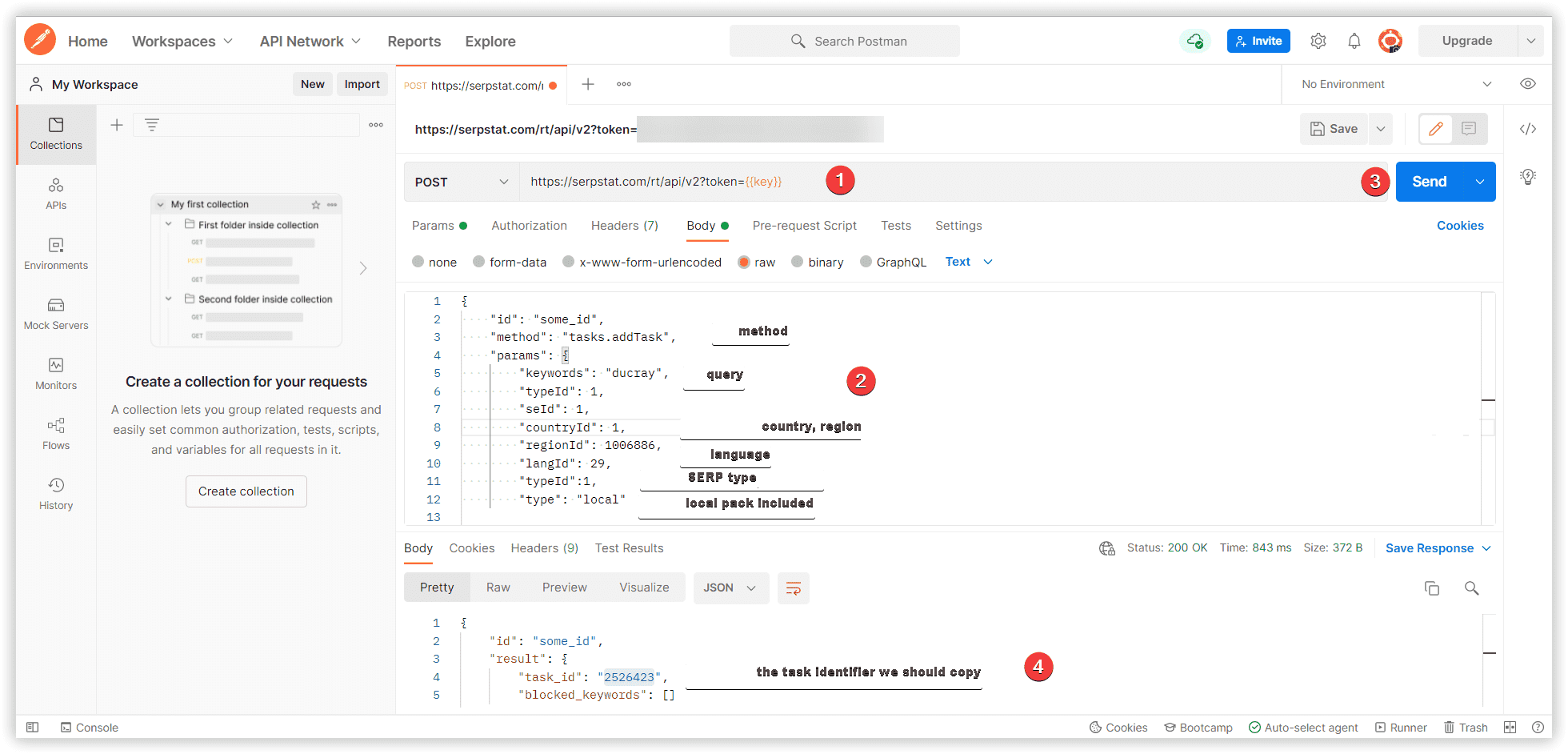
POST: api.serpstat.com/v2?token=<your token>
{
"id": "some_id" ,
"method": "tasks.getTaskResult",
"params": {
"taskId": <task id from the previous step>
}
}

Additional features and possibilities
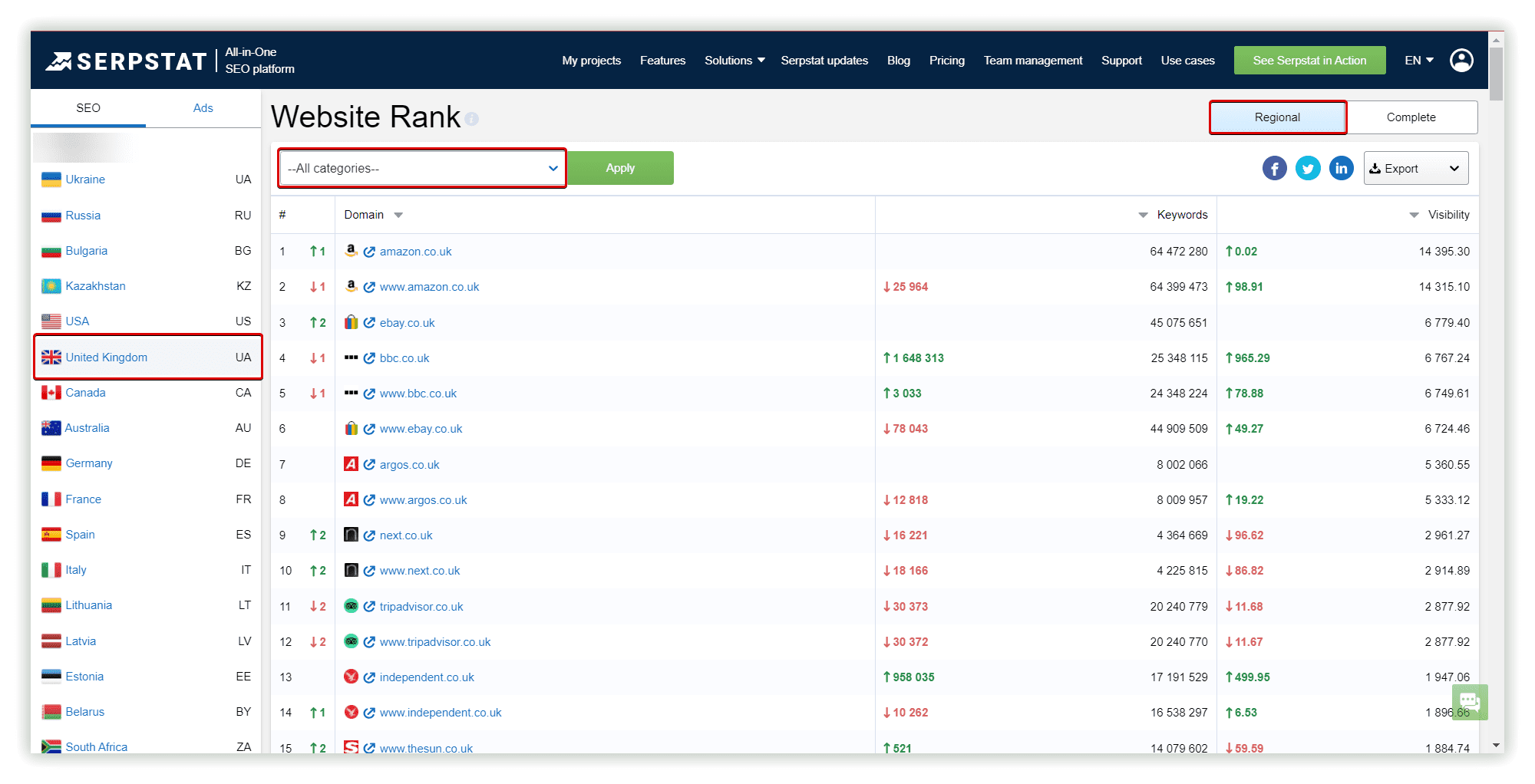
Keyword research:
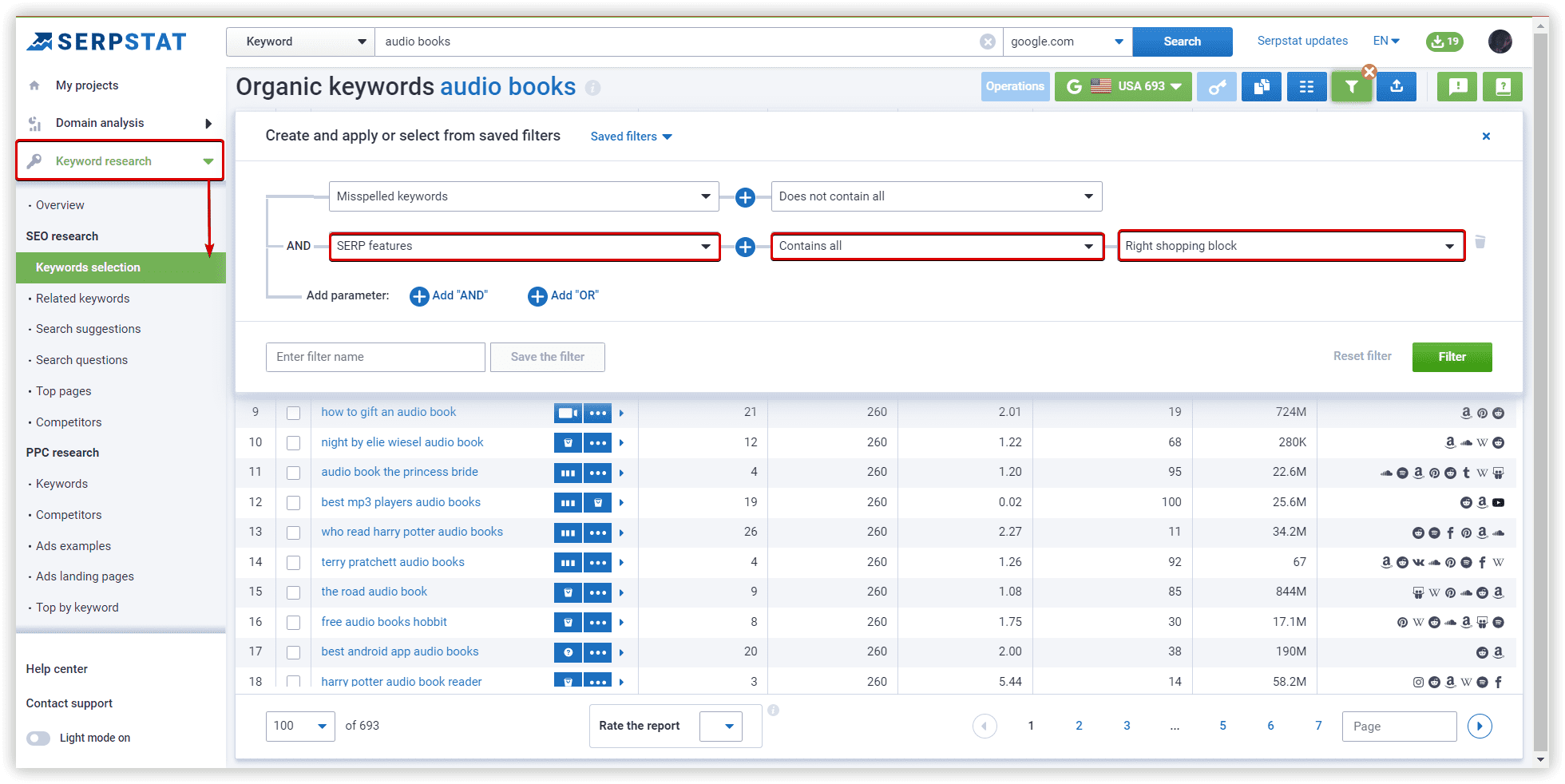

To begin a Website audit, you need:
Related use cases
Speed up your search marketing growth with Serpstat!
Keyword and backlink opportunities, competitors' online strategy, daily rankings and SEO-related issues.
A pack of tools for reducing your time on SEO tasks.
Discover More SEO Tools
Website Audit
Website SEO analysis – gain detailed insights into your website's technical health
Batch Analysis of Competitors' Domains
DA Domain Checker – get valuable information about the competitors' domains
AI Content Tools
AI Content Marketing Tools – simplify and optimize the content creation process
Local SEO Tool
Our local SEO platform – optimize your website for maximum impact
Recommended posts
Cases, life hacks, researches, and useful articles
Don’t you have time to follow the news? No worries! Our editor will choose articles that will definitely help you with your work. Join our cozy community :)
By clicking the button, you agree to our privacy policy.
